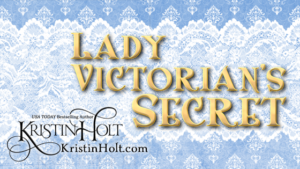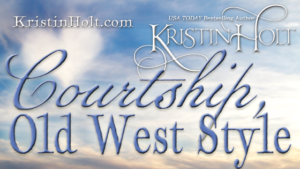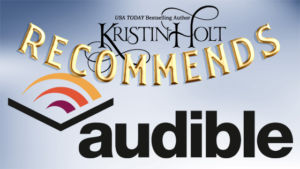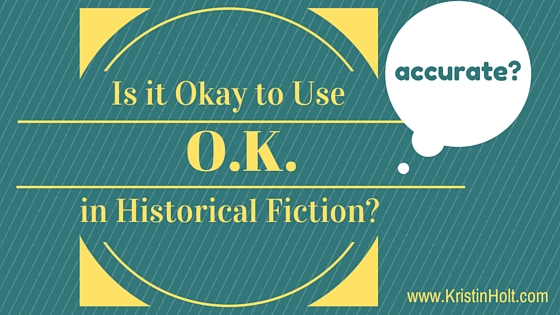
by Kristin Holt | May 27, 2016 | Articles
When did the term “O.K.” or “okay” find its way into common use in American English? Is it incorrect (and inaccurate) to use “okay” in 19th century fiction? What if it’s spelled “O.K.”? What does O.K. stand for, anyway? I’ve provided numerous historical newspaper articles and snippets showing the etymology and proving one of the spellings (O.K.) is highly accurate in the 19th century, but the other (okay) is not.
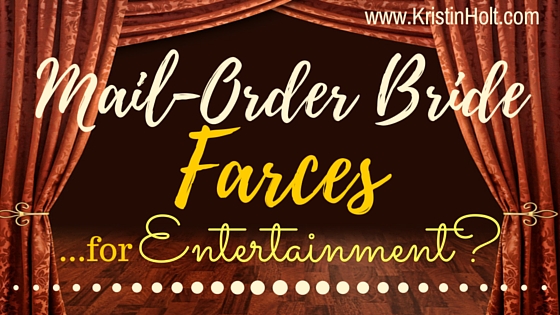
by Kristin Holt | Apr 24, 2016 | Articles
Victorian Americans loved live entertainment. In this era prior to motion pictures (or television)–theater performances, opera, musicals, orchestra performances–were all highly sought after. And not just in the settled cities of the east.
Did you know one specific type of entertainment were farces? And their sole purpose was to poke fun at the idea of mail-order brides? This article contains numerous newspaper accounts and advertisements.
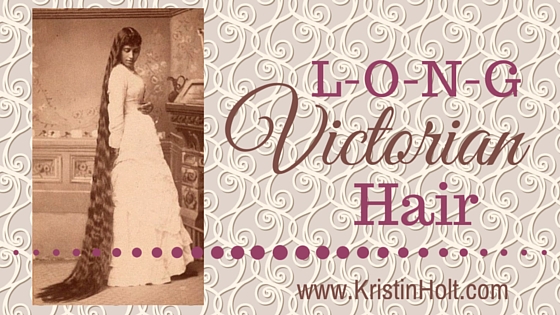
by Kristin Holt | Apr 21, 2016 | Articles
Victorian Era Women seldom trimmed their hair, allowing it to grow to incredible lengths. As styled, it often wrapped high in coiffures of twists, curls, braids, loops, pompadours, buns, knots, and more. Once you see the tremendous lengths of photographed ladies’ hair, you’ll understand why women (from the moment they cast off short dresses of girlhood) wore their hair up. It’s no surprise commercially prepared products catered to a woman’s desire to grow her hair to great lengths.
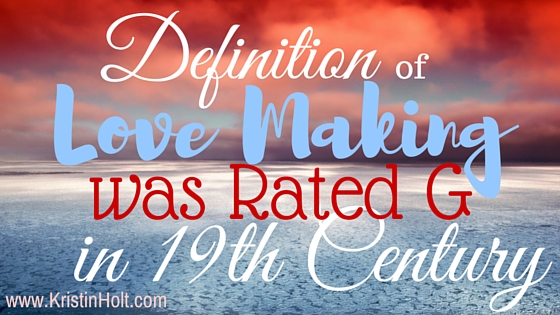
by Kristin Holt | Apr 15, 2016 | Articles
In my recent post about The Proper (and safe) Way to Terminate a Victorian American Courtship because we all know the threat of a suit of Breach of Promise was too great, a quote by the Reverend George W. Hudson in his 1883 book sounded rather scandalous. The good reverend actually said “making love”–and he didn’t mean in a sexual way. It’s essential to note that the term had a very different meaning in the 19th Century and early 20th Century than it does now.
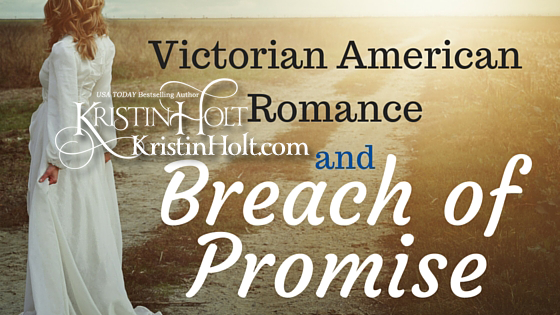
by Kristin Holt | Apr 6, 2016 | Articles
The more I study historic details of America’s past, the more I realize I don’t know–such as the common practice of suing for breach of contract when a young swain’s courtship derails and no marriage results. I was fascinated by newspaper accounts of settlements upon jilted brides, the dollar amounts sued for, common beliefs of the time period about courtship in general. Who knew courtship in nineteenth century America was such a legal risk?







